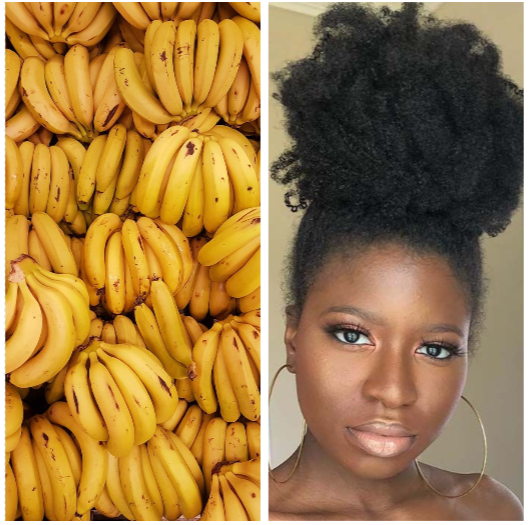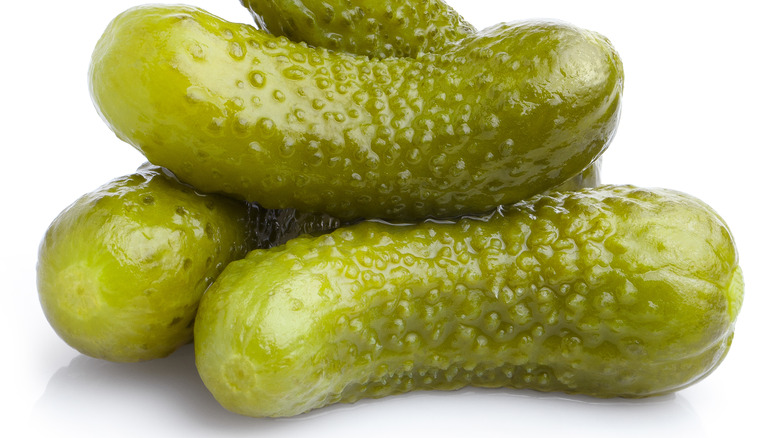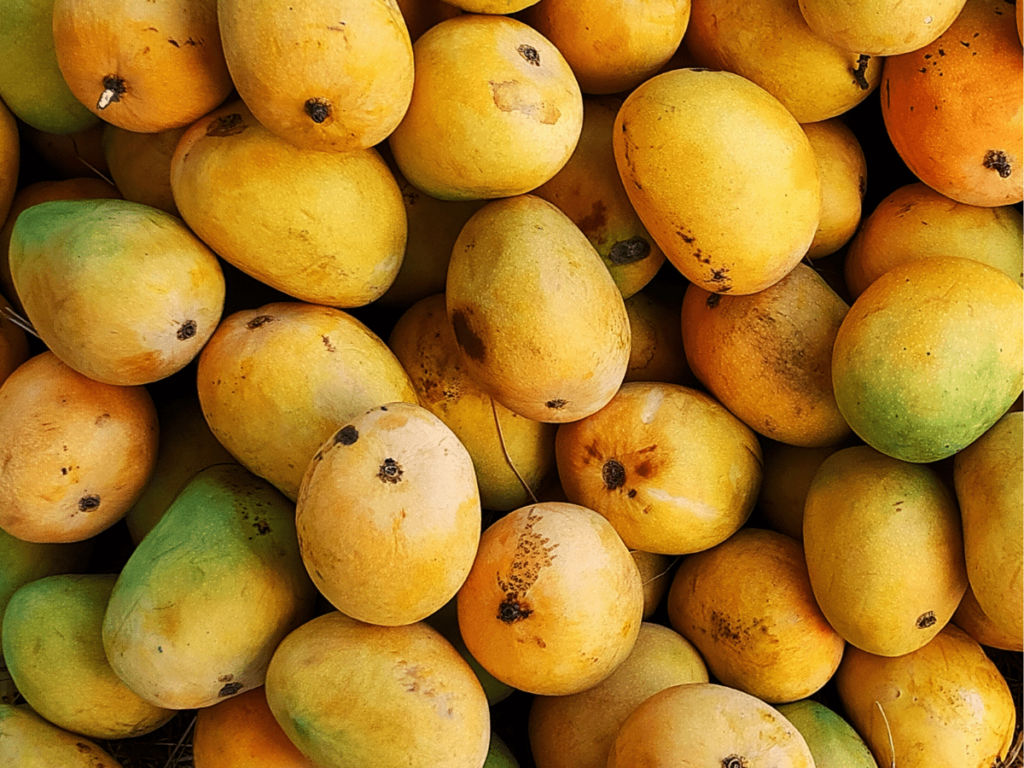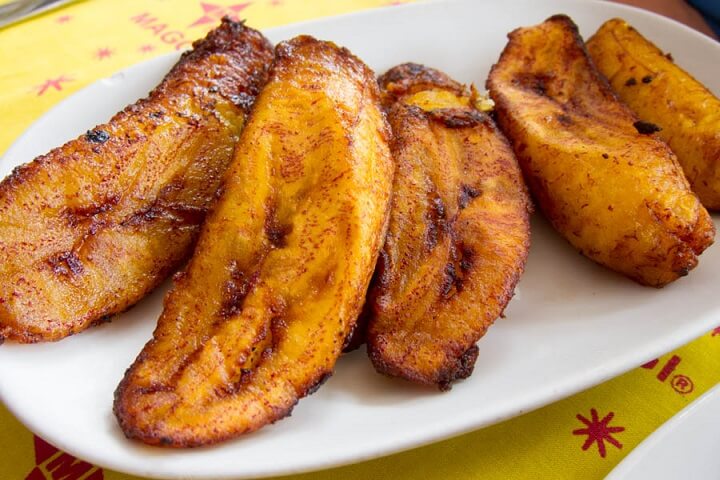Pears are a sweet and tasty fruit that many of us enjoy. But have you ever thought about how they came to be so popular? Pears have a long and interesting history, dating back to ancient times. In this comprehensive guide, we will explore the journey of pears from their beginnings, their importance in different cultures, and the various types that people love to eat today.
Table of Contents
Where Did Pears Come From?
Long ago, pears grew wild in places between Western Asia and Europe. People have been enjoying pears for a really long time.
It is believed that people in China, Egypt, and Mesopotamia ate pears around 4000 BCE. Back then, pears were not as big or sweet as the ones we’re used to now. They were smaller and harder.
Romans Really Loved Pears
In the times of the Roman Empire, pears were very popular. The Romans worked on making better kinds of pears and thought of the fruit as something special and fancy.
They often had pears at big feasts and even found ways to keep pears for longer by drying them or turning them into pickles. The Roman cookbook “De Re Coquinaria” by Apicius has some pear recipes, showing pears were important in their food.
Pears Flourish in Europe and Elsewhere
Even after the Roman Empire was gone, people in Europe kept loving pears. Monks in the middle ages made sure pears didn’t disappear by growing them near their monasteries. That’s when pear types like “Bartlett” and “Anjou” started to pop up, giving us different tastes and textures to enjoy.
How Pears Went Global
In the 15th century, as Europeans explored the world, they brought pears to new places.
When European settlers came to America, they brought pears with them. The pears grew well in the new land. The “Bartlett” pear is an example of a type that became very popular in North America and is still loved today.
Growing Pears Today
As time went on, and with better farming methods and ways to move goods around, lots of pears started being grown in the 1800s and 1900s.
Countries like the United States, France, and China set up big pear farms. New farming tricks like joining branches from different trees (grafting) and storing pears in special conditions helped make more pears available for everyone.
Some Favorite Pear Types
Now, there are lots of different kinds of pears all over the world, each with its own special taste and look.
Here are a few types of pears that people like:
- Anjou: This pear is very sweet and juicy, and you can eat it as is or use it in recipes.
- Bartlett: A famous pear with a soft texture and really good taste, great for canning or cooking.
- Bosc: This pear stays firm, making it good for baking or poaching, and has a rich taste that’s a bit like nuts.
- Comice: Also called the “queen of pears,” this one is very sweet and soft.
- Conference: It’s a long, slim pear with a taste that’s both sweet and a bit tart.
In different parts of the world, pears have meant different things. Ancient China saw them as a sign of living a long life, and in Greek stories, pares were connected to love. Pears have appeared in poems, paintings, and songs, often representing beauty, good things, and sometimes, the idea of wanting something you shouldn’t have.
Pears in the Kitchen
Pears have been a part of cooking for a very long time. They are flexible fruits that are delicious raw, baked in treats like pies, added to salads, or turned into jams. Pears are used in many sweet desserts, like pear poaching, and even in savory dishes to add a special touch. Chefs and people who love food keep finding new ways to enjoy pears.
Looking Back and Enjoying Pears Today
The story of pears is all about their journey from simple beginnings to becoming a world-favorite fruit. They have pleased our taste buds and sparked our imaginations for thousands of years. As we enjoy the delicious sweetness of pears, we also celebrate their rich past and the many ways they add joy to our lives.




![What Is the National Fruit of Germany And Why? [ANSWERED]](https://fruitonix.com/wp-content/uploads/2023/04/What-Is-the-National-Fruit-of-Germany-And-Why.jpg)




